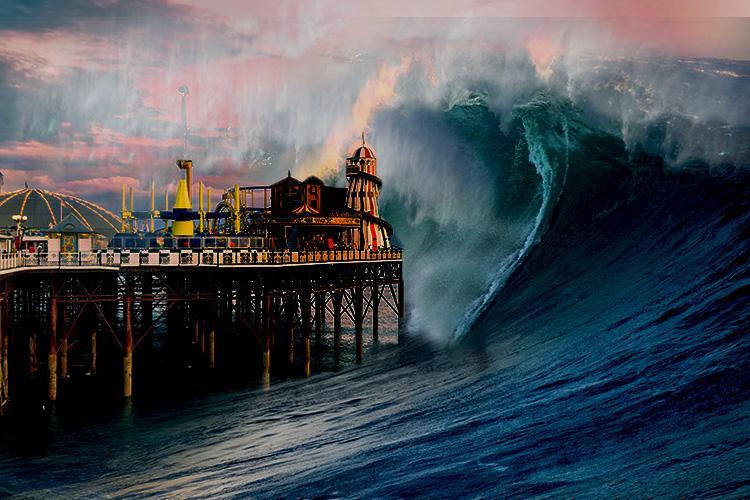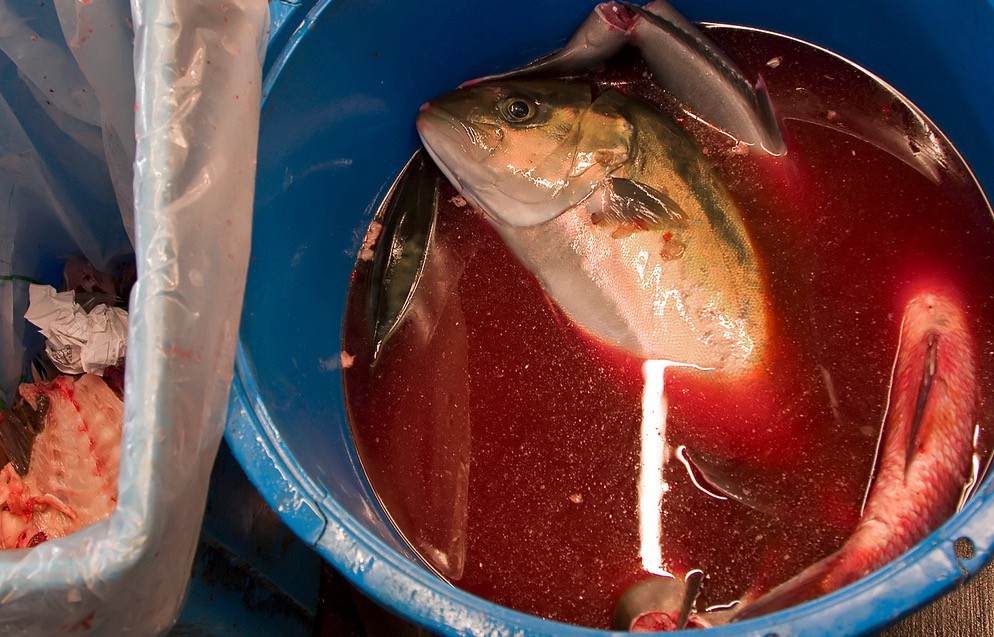“Get Free” was the product of three writers and three producers, not to mention a little village of people who work for the record company and the publishers. Probably around a thousand people heard “Get Free” before it was released (that’s not an exaggeration), and virtually all of ‘em knew the thing sounded exactly like “Creep” (these people are sniveling, arrogant, and cowardly, but not stupid). Yet not one of these check-cashing chimps who spend more on sushi in a single day then you make in a week raised a single wasabi-stained finger and said, “So, listen, Lana, how should I put this…well…I have heard that exact melody before.”
(Lana and her sushi-flinging shaven apes could have at least chosen to rip off a song that everyone didn’t know. I mean, people do that all the time. Heck, give a listen to “Airplane Song,” a fairly obscure ditty from 1967 by The Royal Guardsman. Really, listen to it. The Beatles did, and lifted it lock, stock, and barrel for “Ob-La-Di, Ob-La-Da.” The Fabs knew the first rule of plagiarism: When you steal, steal from someone who is less famous than you.)
Source: Lana Del Rey/Radiohead Dispute Shows Why Major Labels Fail

